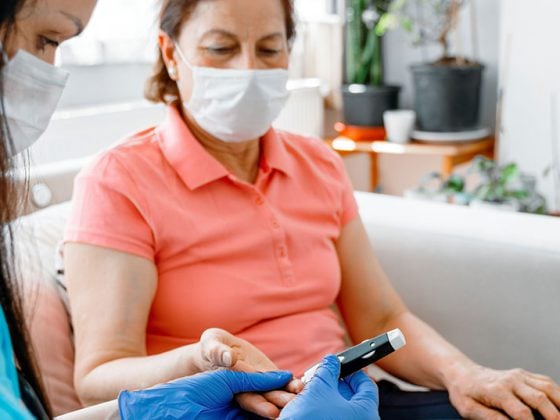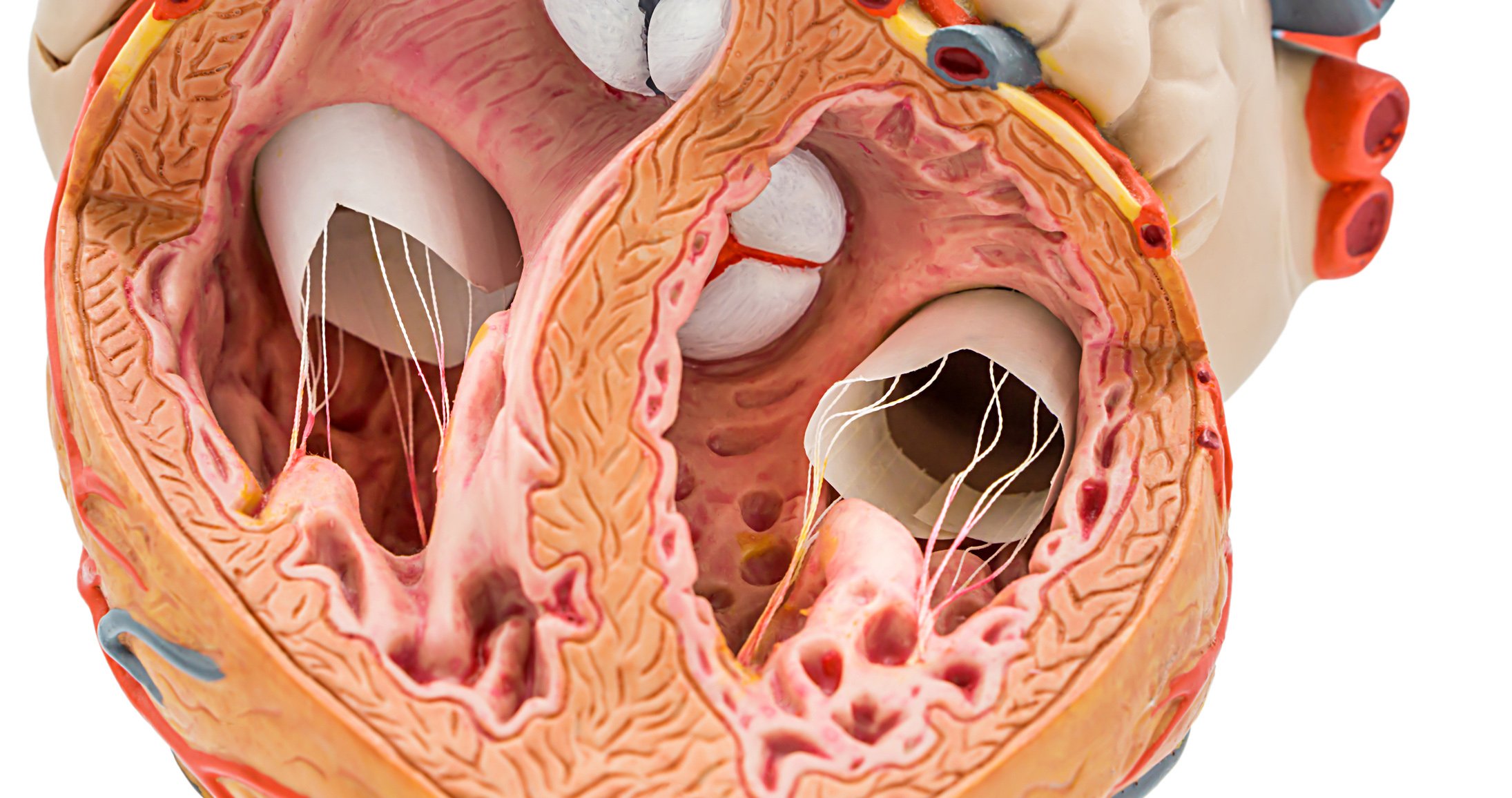During the corona pandemic, demand for “digital health” services increased significantly. Interactive and straightforward access to healthcare meets a current need. However, in order to ensure the necessary medical care for all, other issues should not be forgotten.
In view of demographic trends and the increase in chronic diseases, strengthening primary care is considered a crucial factor in integrated health care [1]. The independent Foundation for Quality Measurement EQUAM defines the goal of disease management as “a holistic, integral, and networked view of treatment and care pathways across the entire disease course” [2]. The WHO program “Health 21: Health for All in the 21st Century” of 1998 already anchored the realization of an integrated health sector, within which primary care is to be given greater weight, as a health goal [1,3]. In summary, primary care in this context is defined as follows: structures and functions in the outpatient sector that are accessible to the population on a low-threshold basis and provide answers, particularly in the case of acute health problems, as well as general services, taking into account the overall psychosocial situation.
New integrated digital health platform launched
Thus, interactive and straightforward access to health care is an important aspect of primary care from this perspective. With the goal of providing digitally supported and integrated care throughout Switzerland, organizations from various healthcare sectors in Switzerland have launched the creation of a joint company. The Q2 2021 integrated digital health platform is expected to help improve treatment quality and process efficiency [4]. The platform is open to insurers, physicians, hospitals, pharmacies and other healthcare stakeholders. Patients receive assistance in organizing their personal health care during all phases of treatment. With one click, you get access to customized, quality-assured health services. These are available around the clock via a smartphone app. In this way, general health issues can be clarified quickly and conveniently, and in the event of illness, a digital symptom check enables an initial diagnosis to be made and medical support to be sought. In addition to making doctor’s appointments, the app can also be used to order medications [4]. This provides healthcare providers with a simple digital means of interacting with their patients and other stakeholders along the treatment pathway. Felix Huber, MD, President of the mediX Switzerland doctors’ network, emphasizes: “The healthcare platform stands out from other initiatives precisely because it actively involves service providers such as the medical profession in the development and design of the platform.” These expanded customer interfaces on a digital basis should enable increased quality of treatment and more efficient processes, and thus also contribute to curbing healthcare costs and health insurance premiums. Ensuring data protection and data security is an important concern for the initiators of the health platform. The data is stored in a secure and insurance-independent area and insured persons themselves decide who may have access to which data. Market entry with first offerings is planned for the second quarter of 2021.
|
State-of-the-art mobile diagnostic toolkit The CAMPTON Reader 100 performs semi-parallel protein and DNA analyses fully automatically in disposable microfluidic cartridges according to internal test protocols [5]. After a few minutes, the analysis results are shown on the display. It is possible to integrate ELISA-based tests into the Biochip platform or to perform DNA tests and protein ELISAs on a single hardware basis. “Our system is portable, easy to operate and could therefore be very well suited for use regardless of location – later in a further generation of devices, for example, directly at the patient’s home. Already during the waiting time at the doctor’s, results can be determined for a faster treatment of possible diseases. In this way, we are contributing to faster diagnostics and therapy as well as to an improvement in medical care,” explains Jürgen Brink, CEO of CAMPTON Diagnostics. |
“Point-of-care” system enables efficient detection of biomarkers
The CAMPTON Reader 100 diagnostic device makes a contribution to modernizing and increasing the efficiency of diagnostic processes. The diagnostic device enables the detection of biomarkers, for example for infections, cancer, autoimmune or other diseases, within a few minutes on the basis of a whole blood sample [5]. A special feature of the system based on electrical biochips is that it can be extremely miniaturized. “Our goal in developing the system was to create a universal technology platform for diagnostics that, above all, should also be highly miniaturizable and thus have all the prerequisites for being mobile. In addition, our platform offers the possibility of simultaneous protein and DNA analysis,” explains Lars Blohm, CTO of CAMPTON. Currently under development is a serological as well as a molecular biological test for SARS-CoV-2 for nearly simultaneous measurement from a blood sample and a swab using a biochip reader. The Corona bioassays are expected to be available in 2021, when it is hoped that the pandemic will lose strength and random point-of-care testing will become necessary.
Literature:
- Sottas B, Brügger S: Innovative forms of care and user-centered approaches to care, Careum 2011, www.careum.ch, (last accessed Feb 14, 2021).
- EQUAM: Physician Network – Certified Quality of Coordinated Care. Program Description. Version 4.1, December 2020, www.equam.ch, (last accessed Feb. 14, 2021)
- WHO: Health21: Health for all in the 21st century. Copenhagen, 1998.
- “Allianz Care, CSS, Visana and Zur Rose Group launch comprehensive digita-le health platform,” heimeundspitaeler.ch, Nov. 13. 2020
- “CAMPTON Diagnostics presents fully automated point-of-care platform for rapid test results,” CAMPTON Diagnostics GmbH, Nov. 16, 2020.
HAUSARZT PRAXIS 2021; 16(2): 5
CARDIOVASC 2021; 20(1): 35
InFo PAIN & GERIATry 2021; 3(1): 27.
InFo NEUROLOGY & PSYCHIATRY 2021; 19(5): 38.












